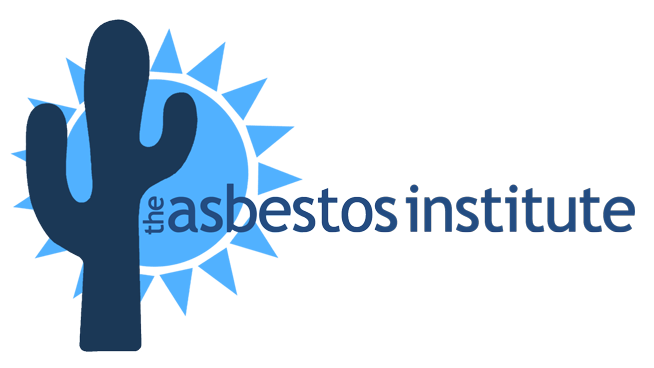Will There Always Be A Danger From Asbestos?

Asbestos is a hazardous material that has been linked to serious health issues, including lung cancer, mesothelioma, and asbestosis. While the dangers of asbestos are well-documented, the risk associated with it depends on several factors: 1. Presence of Asbestos: Building Materials: Asbestos was commonly used in construction materials like insulation, roofing, flooring, and pipe insulation […]
Where Can You Find Hidden Asbestos?

Asbestos can be found in many unexpected places. Here are ten spots where asbestos may be found where you may not realize it. read on to learn more. Seals And Sealants Asbestos was often used in caulking in windows and doors until the 1970’s. It was also used on furnace doors, gasket seals, old coal […]
Asbestos In Household and Industrial Appliances
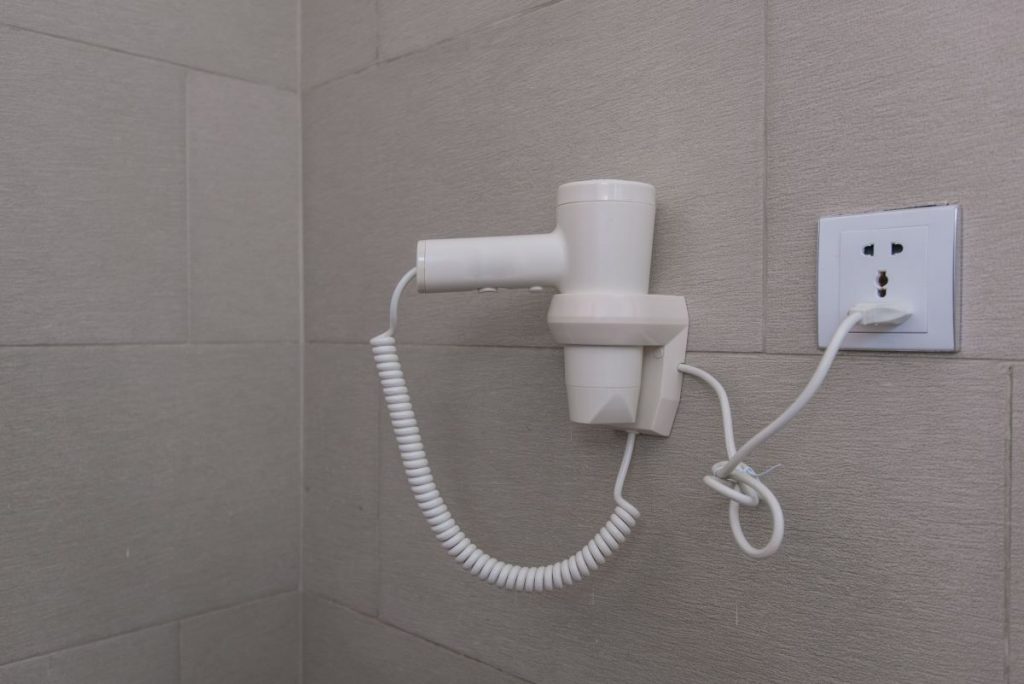
Products that once contained asbestos can be broadly divided into three ranges of products. Read on to learn more. Handheld and Small Appliances Handheld and smaller-than-a-breadbox sized items that had to be both lightweight and heat resistant often made it onto this list. Also, items that may have contained no major asbestos component may still […]
Why People Dies From Asbestos?

Asbestos fibers most often enter the body is through breathing . Several of the fibers become trapped in the mucous membranes of the throat and nose where they can then be removed, but some can get into the lungs, or, if swallowed, into the digestive tract. Asbestos is most hazardous when it is friable, meaning […]
What Makes Asbestos Dangerous?

Asbestos fibers most often enter the body is through breathing . Several of the fibers become trapped in the mucous membranes of the throat and nose where they can then be removed, but some can get into the lungs, or, if swallowed, into the digestive tract. Asbestos is most hazardous when it is friable, meaning […]
Common Places To Find Asbestos

Asbestos can be found in many unexpected places. Here are ten spots where asbestos may be found where you may not realize it. read on to learn more. Seals And Sealants Asbestos was often used in caulking in windows and doors until the 1970’s. It was also used on furnace doors, gasket seals, old coal […]
What is Asbestosis?
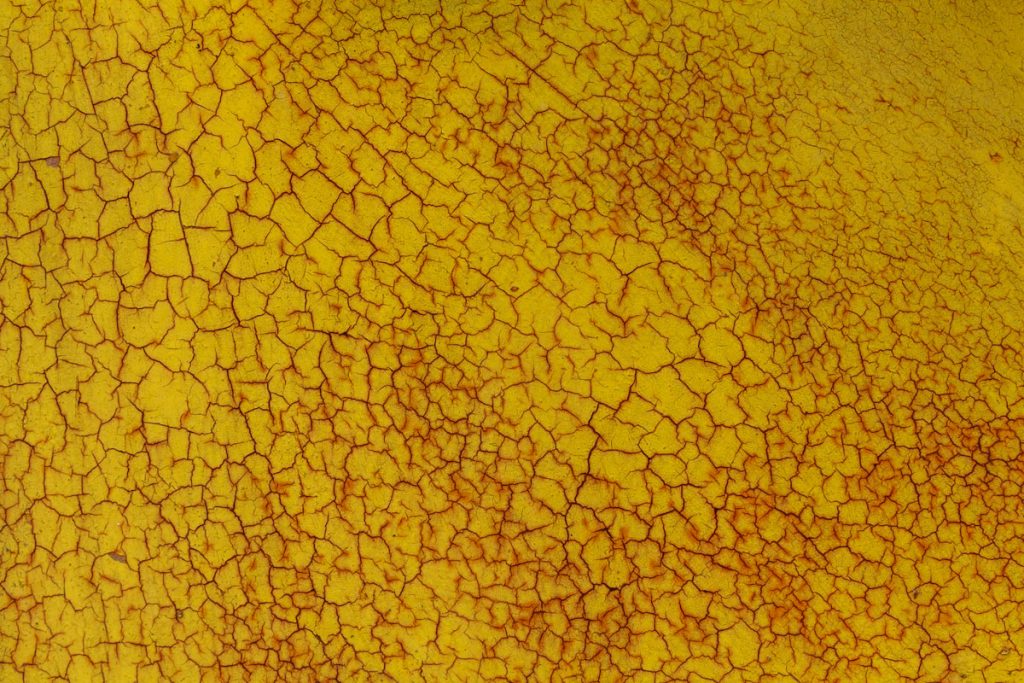
Here is the Mayo Clinic’s definition of asbestosis: Asbestosis (as-bes-TOE-sis) is a chronic lung disease caused by inhaling asbestos fibers. Prolonged exposure to these fibers can cause lung tissue scarring and shortness of breath. Asbestosis symptoms can range from mild to severe, and usually don’t appear until many years after continued exposure. Asbestos is a […]
Popcorn Ceiling Removal Cost 2023

How much does it cost to remove a popcorn ceiling? You can expect to pay about $1.50 per sq. ft. on average or $1 to $2 per sq. ft. for popcorn ceiling removal that may or may not contain asbestos. According to homeguide.com popcorn ceiling removal costs about $1.50 per sq. ft. with average prices […]
Popcorn Ceiling Removal Costs 2025

The cost to remove a popcorn ceiling in 2025 typically ranges from $1.25 to $3.50 per square foot, depending on factors like whether asbestos is present, ceiling height, finish level, and your location. Here’s a detailed breakdown: 💰 Popcorn Ceiling Removal Cost in 2025 Service Cost per Sq Ft Notes Basic Removal (No Asbestos) $1.25 […]
What Is A Popcorn Ceiling?

A popcorn ceiling (also known as a stucco ceiling or cottage cheese ceiling) is a textured ceiling finish that was popular in residential buildings, particularly in North America, from the 1950s through the 1980s. Here’s a breakdown of what it is, why it was used, and potential concerns: 1. Appearance and Texture Distinctive Look: Popcorn […]
Asbestos Siding Removal Costs 2023
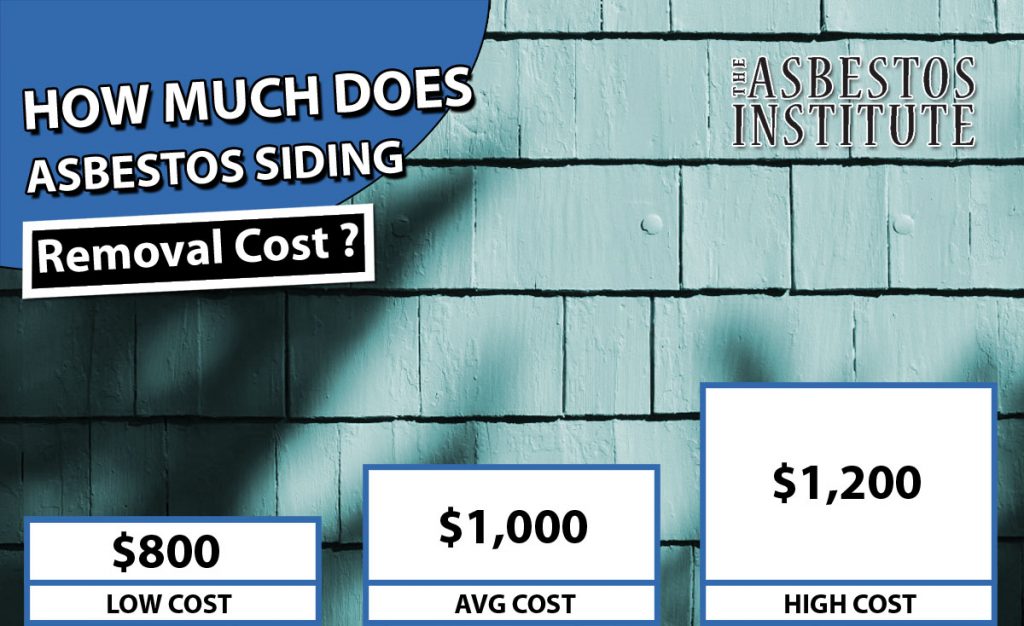
The average price to remove asbestos siding is around $1,000, with typical costs between $800 and $1,200. The average price to repair asbestos siding is around $4,761, with typical costs between $665 and $8,856. Many projects come as low as $300 while some may reach $22,500. Encapsulation, a favorable type of repair, averages about $2 to $6 per sq. ft. Asbestos is a highly dangerous material. A […]
Asbestos In Vehicle Parts

Asbestos has been a component in linings, clutch facings, and brakes pads for a long time and millions of them on the shelf of an auto parts store or operating in vehicles can still be found today. That said they are not normally used in the production of new components. Read on to learn more. […]
Asbestos In Homes

Window and door seals Asbestos can be found in caulk or sealant products which are placed on windows and doors. The material’s heat resistance is suitable to keeping temperate air from passing through the sealant. Caulk with asbestos was also once used to increase the efficiency of gasket seals found in furnace doors. Apart from […]
Finding Hidden Asbestos

Asbestos can be found in many unexpected places. Here are ten spots where asbestos may be found where you may not realize it. read on to learn more. Seals And Sealants Asbestos was often used in caulking in windows and doors until the 1970’s. It was also used on furnace doors, gasket seals, old coal […]
Asbestos and Loose Fill Insulation

When it comes to asbestos, it rarely needs introduced at this point. The majority of homeowners need to be educated on the general danger of breathing and disturbing asbestos fiber. Older buildings and homes may have asbestos within products from hot water piping insulation to furnace insulation, even floor tiles. Typically, it is recommended to […]
How To Test For Asbestos In Popcorn Ceilings
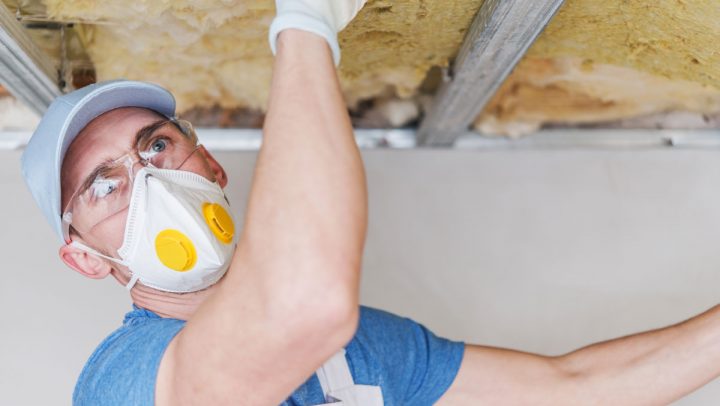
From the 1950s until the 1980s, popcorn ceilings (also called as “stucco,” “acoustic,” and “cottage cheese”) were extremely fashionable. Builders and homeowners were attracted to the spray-on, rough texture because it was quick and easy to install, helped conceal ceiling flaws, absorbed noise, and provided fire protection. Even while popcorn ceilings have fallen out of […]
Removing Asbestos

Asbestos Insulation Removal Asbestos removal may become an issue when a material containing asbestos is damaged, crumbling or flaking in your home. Read on to learn more about what to do and the costs associated with the removal of asbestos. Asbestos was used very widely in building materials before the start of the 1970’s. In […]
Asbestos And Housing

Window and door seals Asbestos can be found in caulk or sealant products which are placed on windows and doors. The material’s heat resistance is suitable to keeping temperate air from passing through the sealant. Caulk with asbestos was also once used to increase the efficiency of gasket seals found in furnace doors. Apart from […]
Why Is Asbestos Dangerous?

Asbestos fibers most often enter the body is through breathing . Several of the fibers become trapped in the mucous membranes of the throat and nose where they can then be removed, but some can get into the lungs, or, if swallowed, into the digestive tract. Asbestos is most hazardous when it is friable, meaning […]
Asbestos At Clean Up Sites

This is a link to the latest EPA Guidelines for the Current Best Practices for Asbestos At Clean Up Sites, In this rare case, we are just going to link directly to the government website as the article is fully referenced with additional resources. It may be read here: https://www.epa.gov/asbestos/current-best-practices-preventing-asbestos-exposure-among-brake-and-clutch-repair-0 Classroom & Online The Asbestos […]
Current Best Practices For Brake and Clutch Repair Workers

This is a link to the latest EPA Guidelines for the Current Best Practices for Preventing Asbestos Exposure Among Brake and Clutch Repair Workers. In this rare case, we are just going to link directly to the government website as the article is fully referenced with additional resources. It may be read here: https://www.epa.gov/asbestos/current-best-practices-preventing-asbestos-exposure-among-brake-and-clutch-repair-0 Classroom […]
Is Asbestos Still Used In Brake Pads?
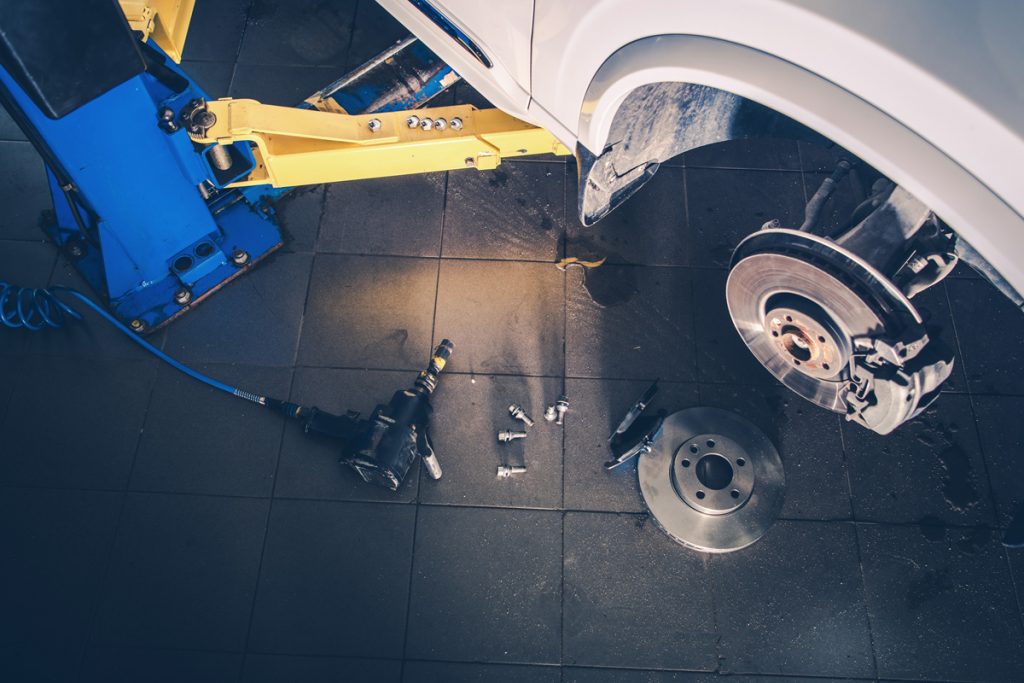
Asbestos is well known as a human carcinogen yet there are still materials containing asbestos in the USA and one of those products is often brake pads. read on to learn more. Aftermarket Brakes The majority of auto manufacturers haven’t installed asbestos-containing brake pads since the 1990’s due to health concerns for those that perform […]
Defining Asbestosis

Here is the Mayo Clinic’s definition of asbestosis: Asbestosis (as-bes-TOE-sis) is a chronic lung disease caused by inhaling asbestos fibers. Prolonged exposure to these fibers can cause lung tissue scarring and shortness of breath. Asbestosis symptoms can range from mild to severe, and usually don’t appear until many years after continued exposure. Asbestos is a […]
Asbestos In Houses

Window and door seals Asbestos can be found in caulk or sealant products which are placed on windows and doors. The material’s heat resistance is suitable to keeping temperate air from passing through the sealant. Caulk with asbestos was also once used to increase the efficiency of gasket seals found in furnace doors. Apart from […]
Areas You Can Often Find Asbestos

Asbestos can be found in many unexpected places. Here are ten spots where asbestos may be found where you may not realize it. read on to learn more. Seals And Sealants Asbestos was often used in caulking in windows and doors until the 1970’s. It was also used on furnace doors, gasket seals, old coal […]
